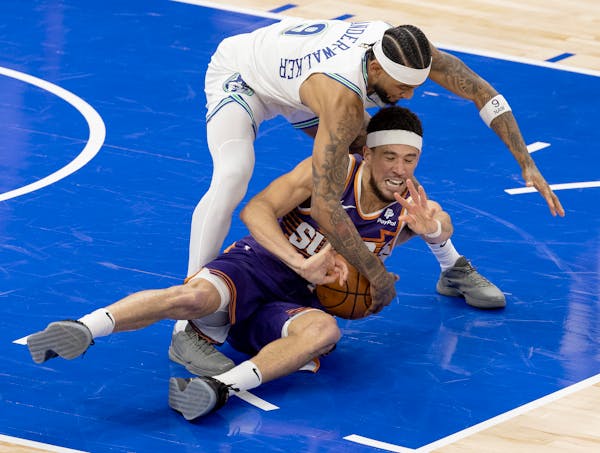Right brain, left brain — it didn't matter. Mary Aufderheide seemed capable of it all.
Both an accomplished medical nurse and a professional violinist, Aufderheide had a life defined by adventure, curiosity and an ever-expanding network of friends. In retirement, she helped her husband, Dr. Arthur Aufderheide, pioneer an entirely new scientific discipline called paleopathology, the study of disease in mummies.
Her vibrant life ended June 21. She was 94.
Mary Lillian Buryk was born in International Falls to Ukrainian immigrants Jan. 13, 1923. As a child, she learned to play the violin and piano — quickly excelling at both.
"She really became an accomplished musician," said her son, Dr. Tom Aufderheide, a professor of emergency medicine at the Medical College of Wisconsin. "That gave her confidence and a social outlet early in life."
Challenging the notion that a person is either artistic or scientific, Aufderheide went on to study nursing at the University of Minnesota where she met her soon-to-be husband, Arthur, who was attending the medical school at the time. Shortly after graduating, following the end of World War II, the two moved to Germany, where he was stationed.
"Throughout her career she continued to work in nursing as well as the arts," Tom Aufderheide said. "She always really integrated both throughout her life."
The couple settled in Duluth in the 1950s. There she worked as a nurse and Arthur as a doctor and later an instructor at the University of Minnesota Medical School in Duluth. Her nursing career was diverse. She worked with all types of people, from young children to the elderly, said Walter Aufderheide, her youngest son.
"On top of all this, she was a professional concert-level violinist and traveled the world playing," he said. "She played in 18 straight 'Cinderella' performances, almost on consecutive nights, with the UMD symphonies when she was 90."
She played in the Duluth Superior Symphony Orchestra and the University of Minnesota Duluth Symphony Orchestra and was a lifelong financial supporter of the arts.
After raising their three children, the couple embarked on a second career together in paleopathology, a scientific discipline that was still in its infancy. "The Global History of Paleopathology" lists Arthur as one of the field's pioneers, with Mary noted as his key partner on archaeological trips around the world. Throughout the 1980s, they dissected dozens of mummies in Chile, Peru, Canada and Egypt. When arriving in a new country, Mary did the talking. Not only was she gregarious, she spoke multiple languages, learning Spanish so they could collaborate with South American colleagues at museums and universities.
"He seemed to get the limelight with the scientific aspect, but my dad's advances in the field would not have happened without her," Walter said. "They had the most perfect relationship. Their strengths were ones that the other person didn't have."
Along with her many other talents, her children say, she was a loving mom.
"For all they did professionally and personally as they traveled the world, we marveled at how we never, ever, ever felt neglected," Walter said. "You still walked away feeling family was Number One. I'm not sure how she did that."
Arthur Aufderheide died in 2013. In addition to sons Tom and Walter, Mary is survived by a daughter, Patricia, and three grandchildren.
A memorial service will be held at 2 p.m. Aug. 27 at the UMD Kirby Student Ballroom in Duluth.
Kristen Leigh Painter • 612-673-4767

University of Minnesota police arrest 9 after pro-Palestinian encampment set up on campus
2 dead in Lino Lakes, no known threat to public, police say
Teen charged with murder in deadly St. Paul shooting last month

